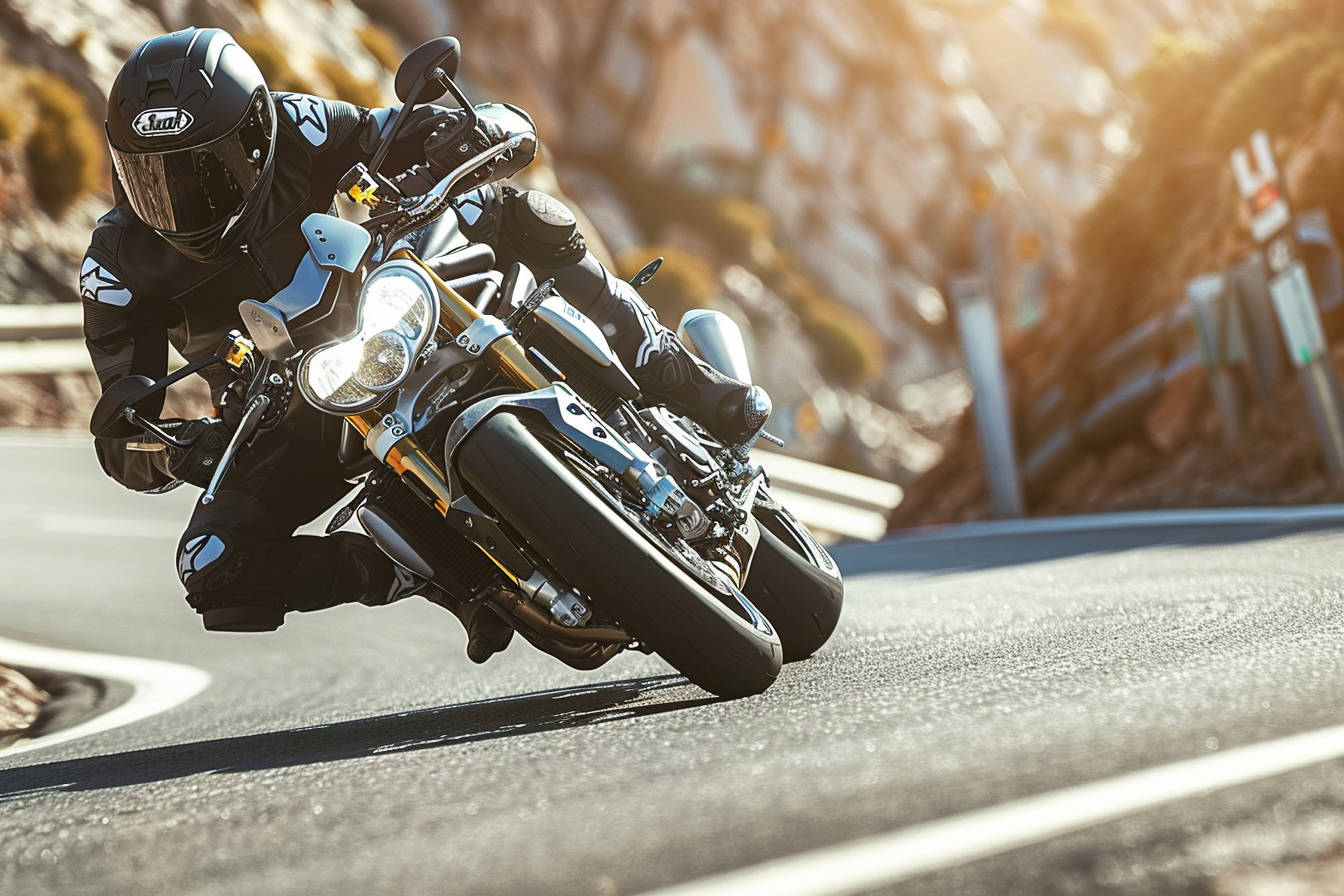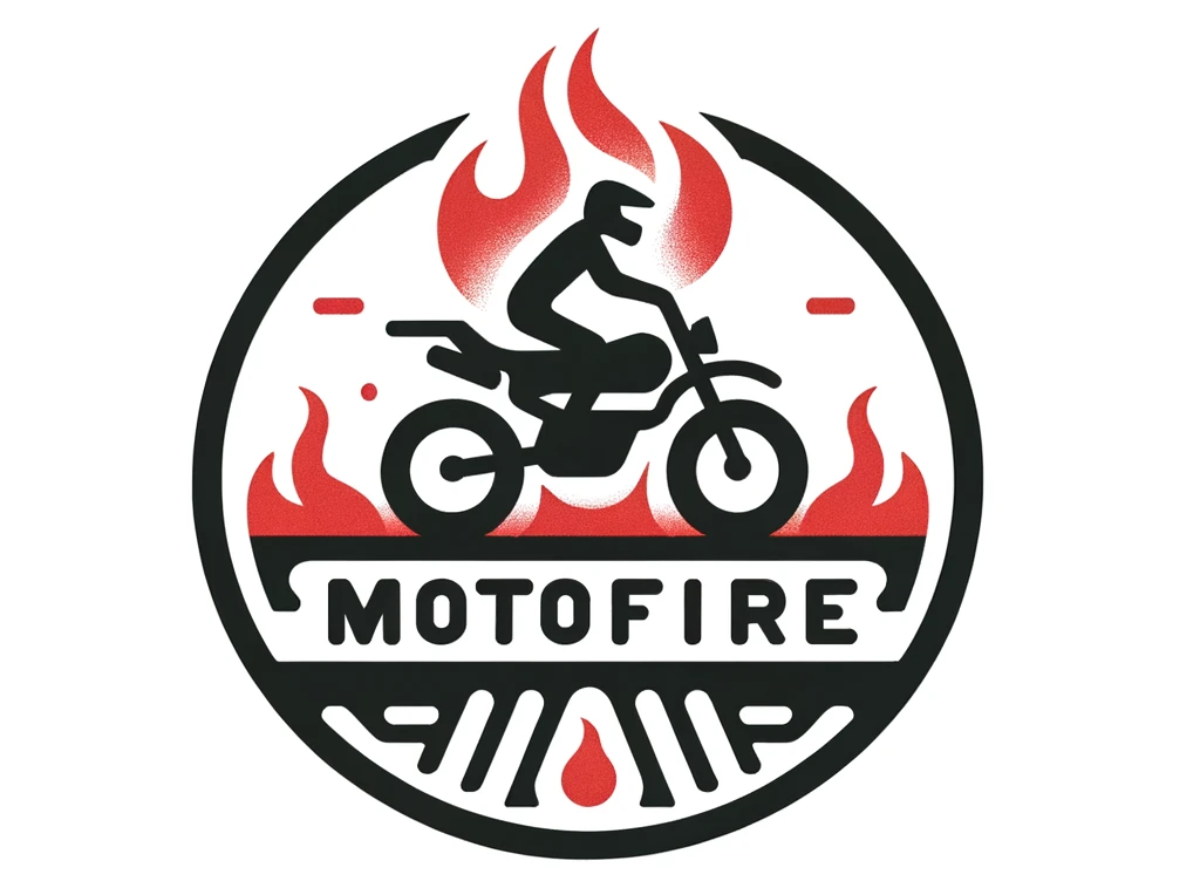What are the Best Tips for Mastering Motorcycle Maneuvers?

Understand Your Motorcycle’s Dynamics
The first step to mastering motorcycle maneuvers is understanding how your motorcycle behaves under different conditions. Each motorcycle has unique handling characteristics based on its design, weight, power distribution, and suspension.
– Familiarize with the weight distribution of your motorcycle, as it affects how the motorcycle turns.
– Get to know how your motorcycle behaves during acceleration, deceleration, and when at a constant speed.
– Practice with the suspension settings to find the best setup for your riding style and the road conditions.
Perfecting the Basic Controls
Before you can master complex maneuvers, ensure that you have full control over the basic operations of the motorcycle.
– Practice using the throttle smoothly to maintain a steady power output.
– Master the art of braking, both the front and rear brakes, and understand how they affect motorcycle stability.
– Get comfortable with clutch control for smoother gear changes and to prevent stalling.
Emergency Braking
Emergency braking is a critical maneuver that every rider should master. The key is to apply both brakes firmly without locking the wheels.
– Practice emergency stops in a safe, controlled environment to get a feel for your motorcycle’s stopping distance.
– Learn to distribute braking force, usually more on the front brake, while keeping control of your steering.
Cornering Techniques
Cornering is another essential aspect of motorcycle riding that requires practice to master.
– Understand the concept of counter-steering, where you push the handlebar in the direction you want to go.
– Practice looking through the turn, focusing on where you want the bike to go rather than right in front of you.
– Lean with the motorcycle to help maintain balance and traction through the curve.
Slow-Speed Maneuvers
Mastering slow-speed maneuvers is critical, especially for navigating through traffic, making U-turns, or riding in parking lots.
– Practice balance and throttle control at slow speeds; slipping the clutch may help maintain a steady power output.
– Use the rear brake to modulate speed without disrupting the balance.
– Keep your head up and eyes scanning ahead, not down at the ground, to improve balance and control.
Advanced Riding Techniques
Once you have mastered the basic maneuvers, you can start practicing more advanced techniques.
– Explore trail braking, where you gently apply the brakes while entering a turn to maintain stability and control.
– Practice swerving to avoid obstacles without compromising your grip or stability.
– Try out different riding positions to find the most comfortable and effective posture for various riding scenarios.
Continuous Practice and Training
Mastering motorcycle maneuvers is an ongoing process. Continuous practice and professional training can help you improve your skills over time.
– Dedicate regular time for practice in a safe, controlled area free from traffic.
– Consider attending advanced riding courses to learn and practice maneuvers under the guidance of professional instructors.
– Join local riding clubs to gain experience and tips from more seasoned riders.
Finally, always wear appropriate safety gear, including a quality helmet, gloves, jacket, pants, and boots, to protect yourself during your practice sessions.
By following these tips and remaining dedicated to improving your riding skills, you will be able to master motorcycle maneuvers and enjoy the ride safely and confidently.






